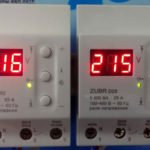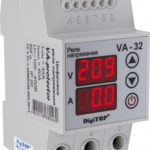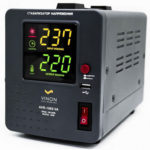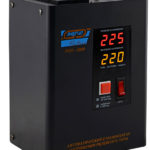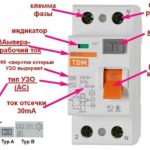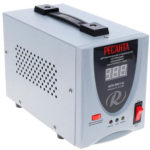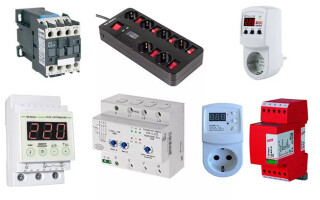Voltage fluctuations and other malfunctions in electrical networks are not uncommon. They can lead to failure of expensive equipment and even threaten the life and health of people. To prevent such consequences, there are various mains protection devices on the market that can be used depending on the nature of the problem.
In this article, you will learn: what are surges and what are their causes; What are the mains protection devices and in what cases are used.
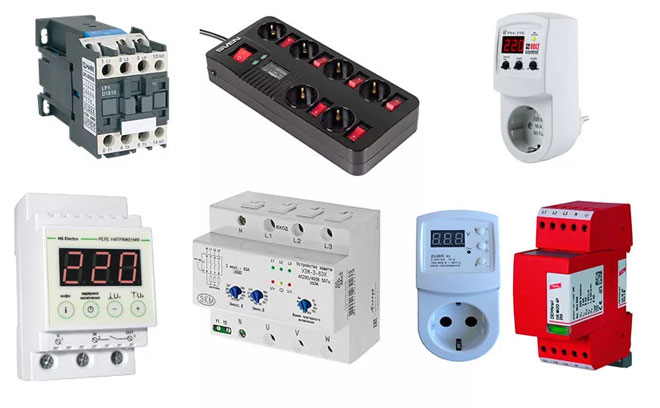
Contents
Permissible parameters of electric power
In Russia and the former Soviet Union the standard voltage is 220 volts (for consumers of electricity). In reality, however, the voltage fluctuates within certain limits of this rating. The permissible amplitude of the deviation from the norm is established by the norms and acts regulating the provision of this service to the consumer. At 220V, the minimum permissible value is 198V and the maximum is 242V.
Will plugs or fuses save the day?
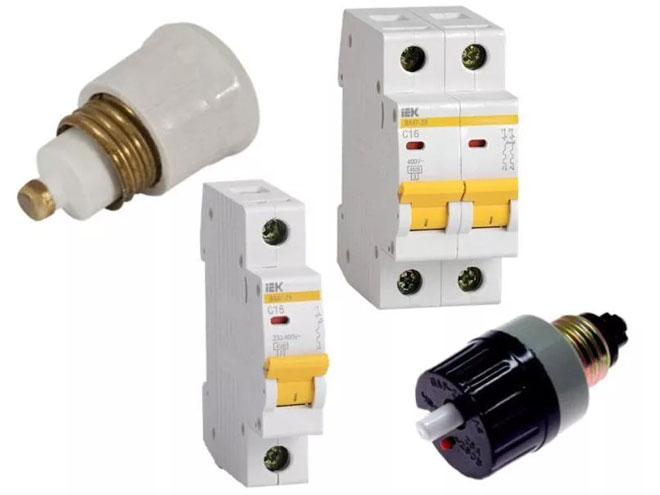
For a long time, "plugs" have been used in homes: fuses that protect against voltage surges. They've been replaced by modern and more convenient automatic circuit breakers (circuit breakers). Today, in most apartments, they are the only protection against electrical problems.
Plugs and circuit breakers can protect against short circuits, overheated wiring and fires caused by overloads. However, a powerful electrical impulse can manage to pass through a circuit breaker and destroy the equipment. This can happen, for example, as a result of a lightning strike. That is, conventional plugs can not provide full protection against power surges.
The main causes of voltage surges in the network
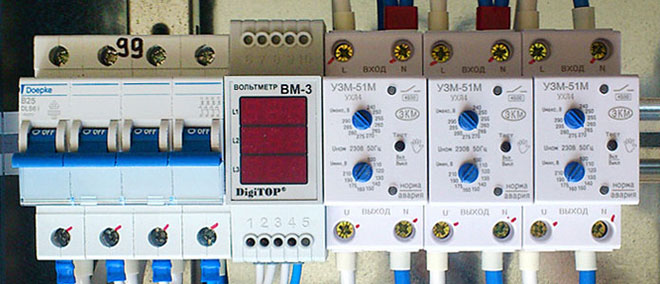
Voltage surges may differ in the magnitude of the deviation from the norm, in their duration and the dynamics of increase/decrease, depending on the causes of their occurrence:
- Large load on the network. The simultaneous connection of a large number of appliances with insufficient power network leads to voltage instability. This can be noticeable, for example, as flickering of light bulbs or sudden switching off of appliances. This phenomenon is common, especially in the evenings;
- Powerful consumer in the neighborhood. Happens if there are industrial facilities, shopping centers, office buildings with a powerful ventilation system, and so on nearby.
- Zero wire breakage. The neutral wire equalizes the voltage at electricity consumers. If it breaks (burns out, oxidation), some consumers will receive an increased voltage (and others an undervoltage), which with high probability will lead to failure of unprotected electrical equipment.
- Wiring errors. For example, if the neutral and phase wires were mixed up;
- Bad wiring. Failures occur due to worn-out wiring, the use of substandard materials and improper installation work.
- Lightning strike. Lightning strikes on power lines can cause rapid surges of thousands of volts. Presents a particular danger, because the means of protection do not always have time to work.
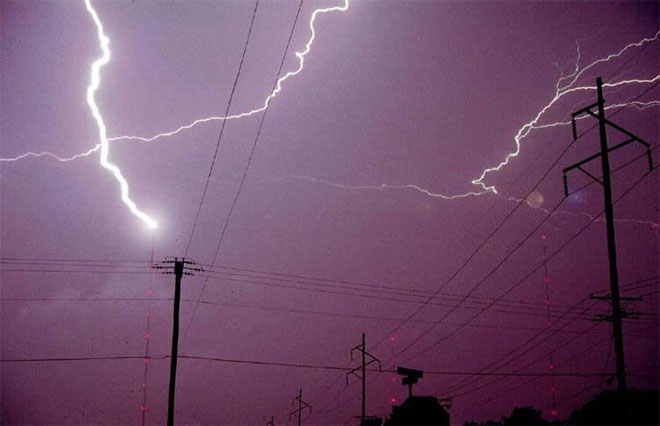
Possible consequences of power surges
Manufacturers of electrical equipment take into account the unstable nature of voltage and the possibility of surges and dips. For example, a device with a rated voltage of 220 volts can operate at 200 volts and withstand surges up to 240 volts. However, regular operation of the equipment with large deviations from the norm will shorten its service life. Severe surges in voltage can put the equipment out of order, and even cause damage to property and health, for example, causing a fire.
Reference. Electrical appliance breakdowns due to power surges are not covered by warranty contracts, meaning the burden of repair and replacement costs falls on the owner, which can be a serious blow to the family budget. In some cases, it is possible to sue the power supplier, but this is long, complicated and expensive, and does not guarantee success. It's easier to have your home protected from this kind of trouble beforehand.
Ways to protect against power surges
Depending on the characteristics of the voltage surge and the nature of its occurrence, various protection devices are used. Let's take a look at the main ones:
Surge protector
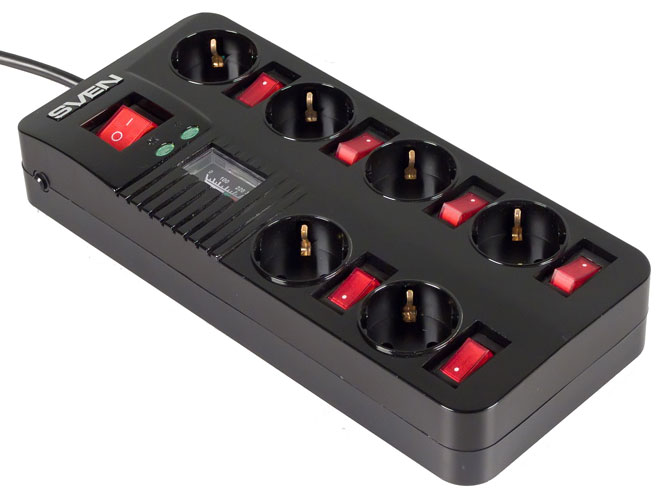
A simple and affordable solution to protect low-power equipment. Usually it is an extension cord or monoblock with a plug, socket (or sockets) and a switch with power supply indication. You should distinguish surge protectors from ordinary extension cords, which have no protection, but are very similar in appearance. It protects against surges up to 400 - 500 volts, and the load current cannot exceed 5 - 15 amps.
Reference. On the technical side, a surge protector is a rudimentary system of several capacitors and inductance coils. At the same time, power supply units of most modern electrical appliances already have in their composition circuits that perform a similar function. That is, in practice, surge protectors often act as simple extension cords with additional protection against surges in the mains.
Protection relays RKN and UZM
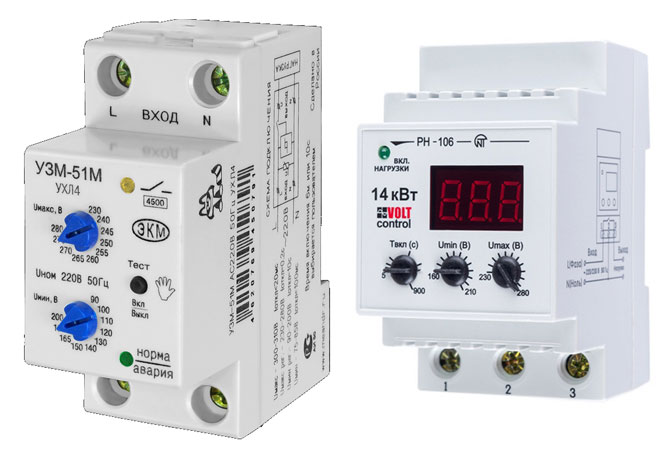
The device interrupts the power supply if the voltage exceeds the limits. After the voltage returns to the set limits, the power supply is restored (automatically or manually, depending on the model). The device is connected after the input circuit breaker.
The main advantages of RCN and UZM:
- Tripping speed of a few milliseconds;
- Withstands loads from 25 to 60 A;
- Small size and easy installation;
- Sufficient ranges of maximum and minimum voltage;
- Real-time display of electrical current readings;
The device is effective for protection against neutral wire breakage and moderate voltage spikes. However, the relays can not provide stable voltage and protect against surges caused by lightning strikes.
Minimum-Maximum Voltage Release (PMR)
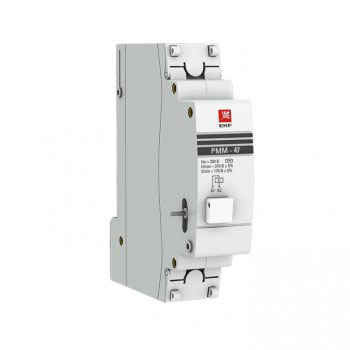
The device protects against high and low voltage. It is effective in case of a neutral wire break and phase imbalance in a three-phase network, but it does not protect against high-voltage pulses.
The device is small in size, easy to install and reasonably priced.
Note. PMM is not equipped with an automatic switching function, which can lead to food spoilage in the refrigerator, stopping the heating of the premises in winter and similar problems.
Stabilizers
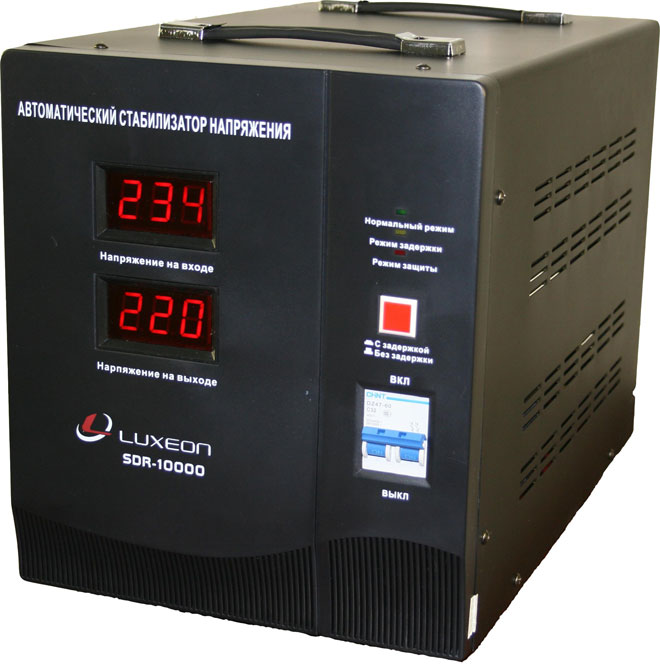
Devices are used to "smooth out" the power supply in networks prone to unstable operation. Effective in the case of a drop in power, but may not be able to cope with high voltages.
The advantages of the device include: long service life; quick response; maintaining voltage at a stable level. The main disadvantage of stabilizers is a high price.
Surge voltage protection devices (SPDs)
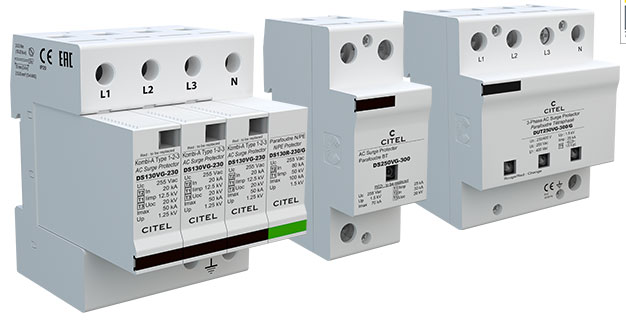
They are used to protect against quick powerful surges of voltage, usually caused by lightning strikes in power lines. There are two types of such devices:
- Valves and spark gaps. They are installed in high voltage networks. In the event of a pulsed overvoltage in the device, the air gap breaks down, the phase is shorted to ground, the discharge goes into the ground;
- Overvoltage arresters (arrester). Unlike surge arresters are small in size and used in private homes. A varistor is installed inside. Under normal voltage, no current flows through it, but in the event of a surge, the current rises, allowing the voltage to be reduced to normal.
Overvoltage sensor (OVS)
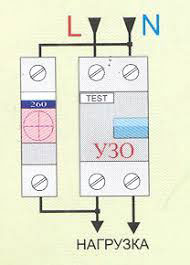
Used in conjunction with a RCD (residual current device) or a differential circuit breaker. The tap detects that the set voltage is exceeded, and then the RCD opens the circuit.
Conclusion
The most common surge protectors: fuse boxes and plugs, are not effective in all cases. In particular, they do not cope with powerful voltage surges, which jeopardizes the safety of electrical equipment and the whole house as a whole. The market offers a variety of electrical protection devices, applied depending on the nature of surges and their causes. Consumers of electricity are left to choose the necessary devices and install them correctly.
Related articles:
